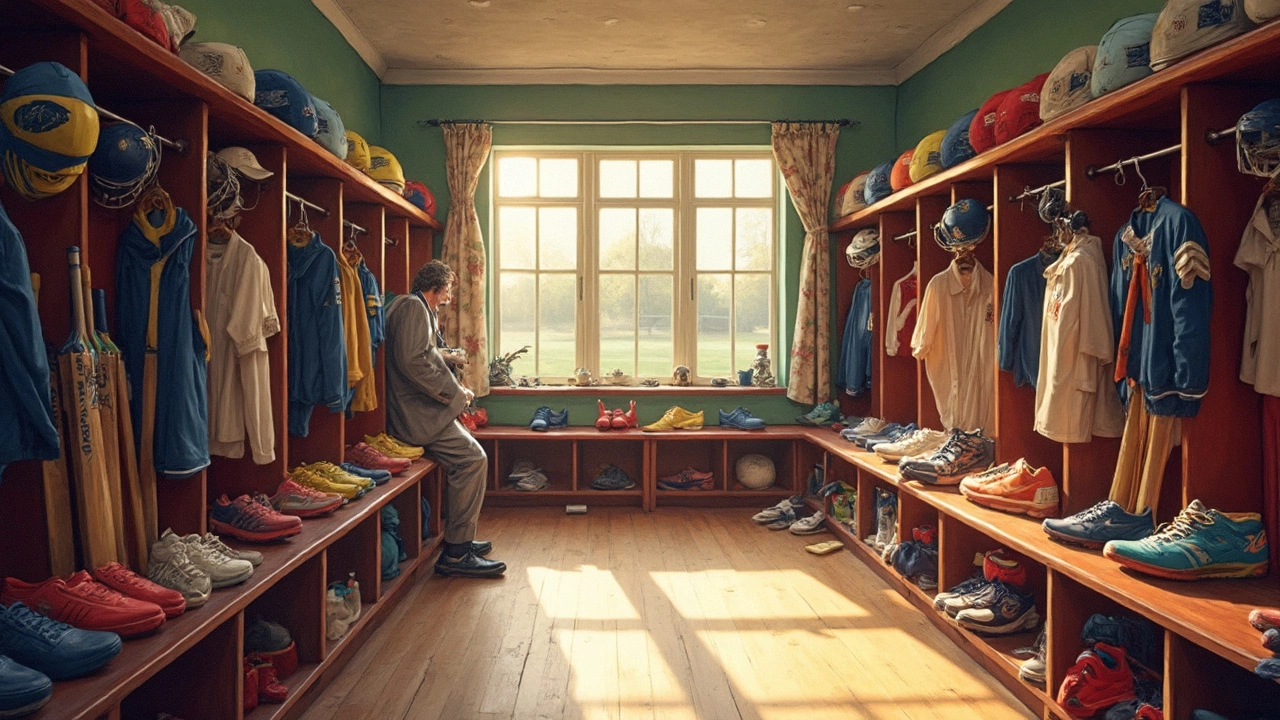
Must-Have Sports Items Every Athlete Should Own
Whether you hit the gym, run outdoors, or chase a ball on the field, a few key pieces of gear make the difference between a great session and a frustrating one. Below you’ll find the most useful items that fit in any budget, plus quick advice on how to pick the right version for you.
Gear for Every Activity
1. Proper Footwear. A good pair of shoes is non‑negotiable. Running shoes need cushioning and a snug heel, while training shoes should be flat and stable for lifts. Try them on later in the day when your feet are a bit swollen – that’s how they’ll feel during a workout.
2. Moisture‑Wicking Clothing. Cotton traps sweat, making you feel heavy. Synthetic or blended fabrics pull moisture away, keeping you cooler and reducing chafing. Look for flat seams in the under‑arm and thigh areas for extra comfort.
3. Compression Sleeves or Socks. These add support to muscles and joints, especially on long runs or heavy leg days. They’re cheap, easy to wash, and can speed up recovery by improving blood flow.
4. Adjustable Dumbbells or Kettlebells. If you train at home, space is precious. A set that lets you change weight without buying a whole rack saves money and room.
5. Reusable Water Bottle. Hydration is simple but essential. A insulated bottle keeps drinks cold for hours, so you stay refreshed without constantly buying plastic.
Tips to Choose and Care for Your Gear
Buying the right size is the first step. For shoes, measure your foot length and width, then check the brand’s size chart – sizes can vary. When it comes to clothing, try the item on and move around; you should be able to squat, stretch, and swing your arms without resistance.
Maintenance doesn’t have to be a chore. Rinse shoes after a sweaty session, let them air dry, and use a shoe brush to remove debris. Wash technical shirts inside out on a gentle cycle, then hang to dry – heat can damage the fabric’s wicking ability.
Store dumbbells and kettlebells on a mat or rack to protect your floor and keep the weights from rolling around. For compression gear, wash in cold water and avoid fabric softeners; they can break down the stretch.
If you travel, pack your essential items in a dedicated sports bag. Keep the water bottle empty to avoid spills, and roll clothing instead of folding to save space.
Finally, replace gear when it shows signs of wear. A torn shirt can cause skin irritation, and worn‑out shoes lose support, increasing injury risk. Keeping an eye on the condition of your items means you stay safe and get the most out of each purchase.
With these basics covered, you’ll feel prepared for any workout, match, or outdoor adventure. Grab the right pieces, look after them, and focus on what matters most – enjoying the sport you love.
